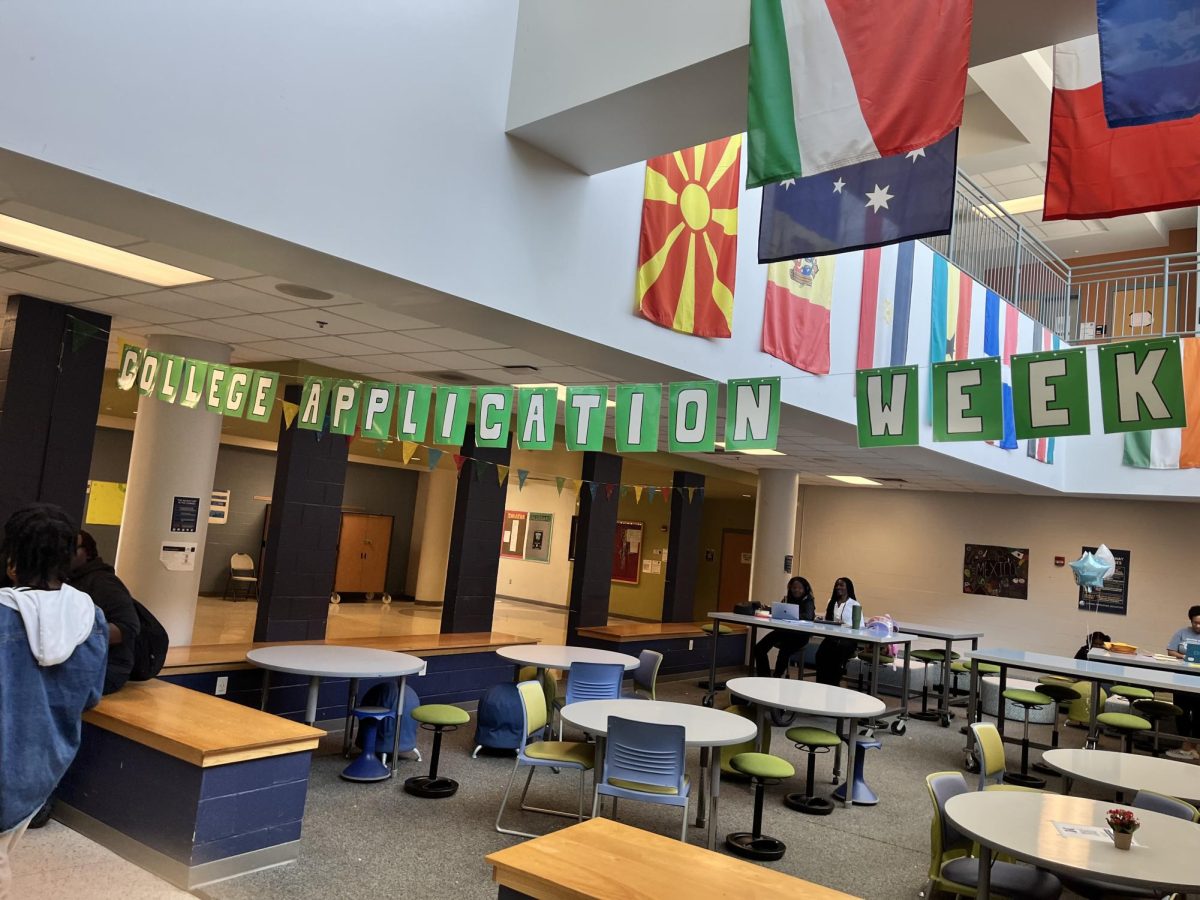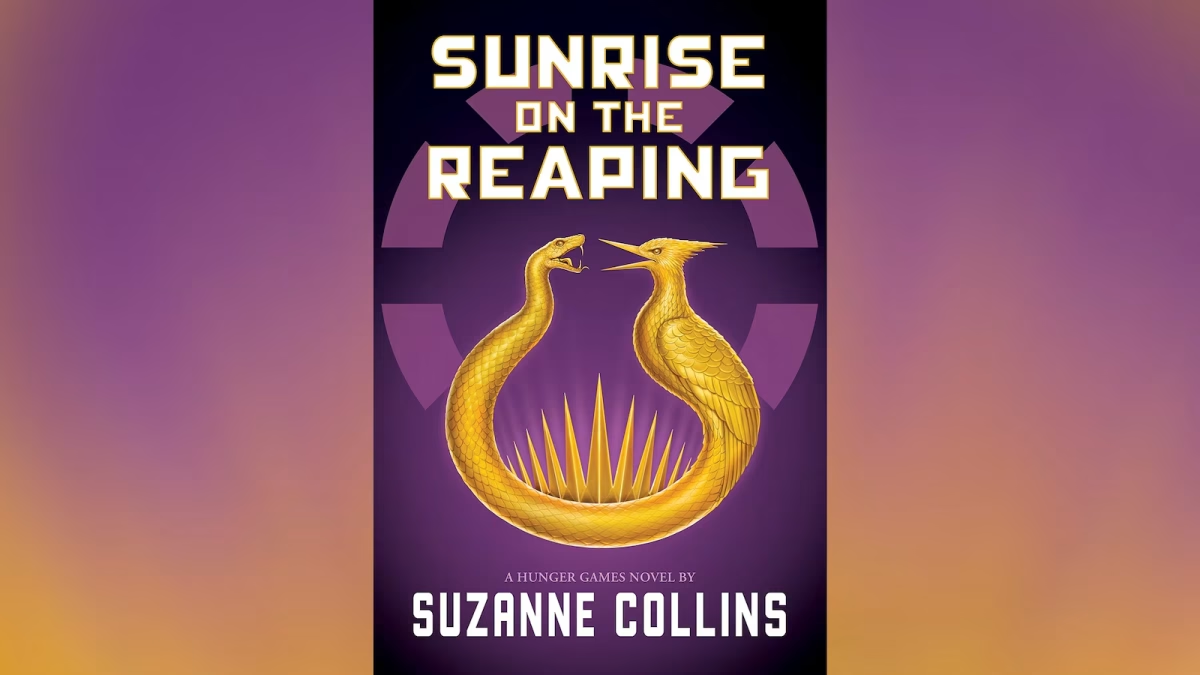Last week was North Carolina’s College Application Week, which is when many NC schools waived application fees. Meredith College, NC State, and UNC Chapel Hill are just a few of the schools that participated, as well as all 58 community colleges in the state. This provided a wonderful opportunity for students because they were able to get their applications in earlier to admission officers. Nowadays, any leg up students can get is extremely valuable.
It’s widely known that applying to college has become increasingly competitive in recent years. But why? Why is it so difficult to apply to college? The answer is that it’s just become more complicated. Small acceptance rates, increasing cost, and optional testing requires students to take so many different things into account. There’s not just one formula to applications. It’s a different strategy for each student. For the past years there has been constant changes to the application process, which makes it all the much more difficult.
One of the most noticeable changes these past years is acceptance rates. In 2002 Stanford, a competitive school, had an acceptance rate of 11%. In 2022, Stanford’s acceptance rate had decreased by more than half to 3.3%. This is a significant difference. One reason is the amount of applicants. Back in 2002, Stanford had 46,997 applicants. In 2022 there were 54,352 applicants. This increase in competition puts more of a barrier in between college acceptance. It also causes students to feel intimidated so they’ll avoid applying to more prestigious schools.
The recent test optional choice has created even more confusion for students. The pandemic led many colleges to eliminate the requirements of sharing SAT and ACT scores as a part of their application. For this year’s application cycle, 1,700 intuitions have test-free or test free policies. While this might seem like a plus for students it comes with a downside. An interview from Higher Ed Dive with Jerimiah Quinlan, Yale’s dean of admissions, shared his take, “Admissions officials place greater weight on other application elements when students don’t submit scores.” For students who get average scores or poor scores this can be of concern for them because it could go either way. They could get an admissions officer who sees they didn’t share their scores and they’ll look poorly on them. Or they’ll get an officer who will see strong grades on their report cards and not worry about their test scores. High school senior Ayzia Jefferson is deciding not to share her scores, “The SAT is pretty stressful, so now I’m not sharing my scores since it’s optional now.” For her this works well because she can focus on making other parts of her application strong. When Millbrook High School counselor Wendy Levin was asked if she recommends sharing SAT and ACT test scores she said, “I can’t make a broad recommendation for all students because it’s truly a case by case basis, and it depends on the school.” The main idea is students must make the personal choice to share their scores because the outcome won’t be the same for all students.
One year ago when affirmative action was terminated by the U.S Supreme Court, there was a shift in minority student representation on campuses. U.S. News defines affirmative action as, “The practice of considering some student background characteristics, such as race, as a factor in deciding whether to admit an applicant.” Not only has the loss of affirmative action resulted in less diversity, but it’s also halted some students’ confidence in applying to certain colleges. In an interview with Nightline, David Jiang a high schooler who was applying to colleges said, “It’s just a huge part of my identity.If a school does not want to admit me because I’m Asian American, then there’s not much I can do about that because it’s the part of me that I just can’t get rid of.” Since the supreme court decision there’s been a dip in diversity at some colleges. At UNC there was a 25 percent decrease in the amount of Black students admitted to the university. Yale had a 20 percent decrease in Asian students, and MIT saw a 31 percent decrease in Latino students. While this isn’t an end all, the data is showing that it could contribute to a possible barrier for minority students.
However not all the recent changes are negative. The recent trend of colleges adding early decision and early action has given some students a better shot at more selective schools. Early decision is when a student will apply to a school significantly earlier in the year. Most early decision schools’ deadlines are November 1st. By doing so they’ve created a binding agreement with their chosen school that if they are accepted they will withdraw their applications from any other school. There are many pros to this. Students will receive their acceptance decision by December, and they are competing against a significantly smaller application pool. Because it’s a binding agreement, students can only apply to one school. It shows the school a high level of commitment, which is a good look for applicants. There are similar pros to applying early action. It allows students to get their applications to their admission officer quicker and there is less competition. However there is no binding agreement, so if a student is accepted through early action they still have the choice to consider other schools. Senior Brianna Barkovich has decided to apply early action to Clemson, Virginia Tech, Michigan, and University of Florida. When asked why she’s applying early action she said, “This way I can get my acceptance decision quicker and I have a better chance of getting in.” She’s right, in 2022 UNC’s early admission rate was 23.05% percent of all applicants.
Rather than waiting junior and senior year, some students have begun building their college resume much earlier to increase their preparedness. Sophomore Kevin Agyemang has taken several leadership roles since the start of his high school career. He’s an officer for Key Club, as well as a part of Science Olympiad and Robotics Club. He’s a school ambassador and has maintained straight A’s since his freshman year. In an interview he said, “My dream school is MIT, but it’s really competitive, so I want to be able to show them how hard I’ve been working in school over a consistent period of time.” He has a good strategy; an interview from NBC with Anne Zinn, a school counselor, says, “A lot of times, students and families will get to October or November of their senior year and say, ‘OK, now I’m going to start.’ That is far too late.” By building a resume early, students have a better chance of appearing well rounded and organized to colleges.
In 2024 applying to college is difficult, complicated, and often stressful. However, there are numerous strategies that can make the process easier for students. So for all applying seniors don’t lose hope, “I do feel that there’s a college out there for everybody, you just must have patience,” said Levin.









